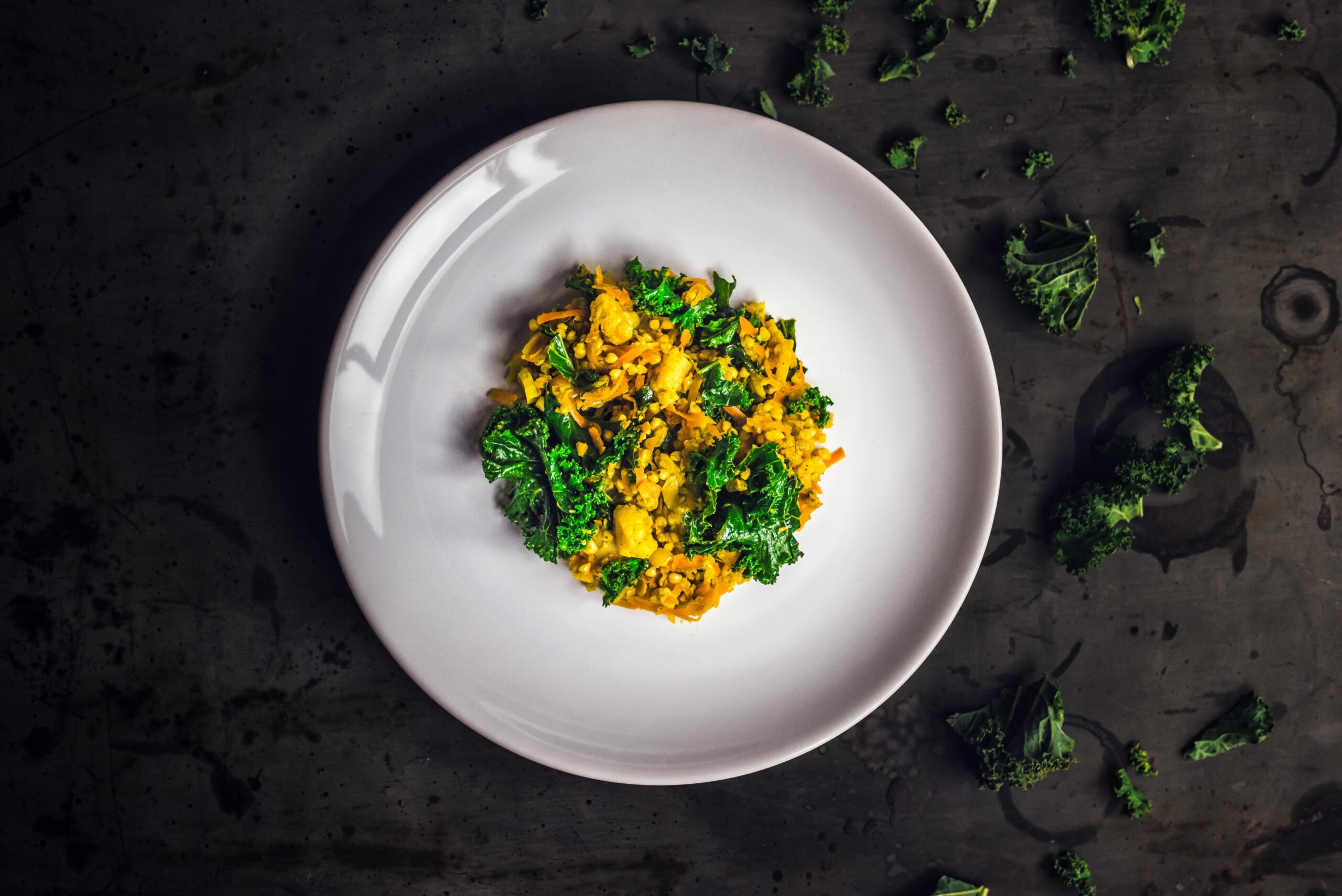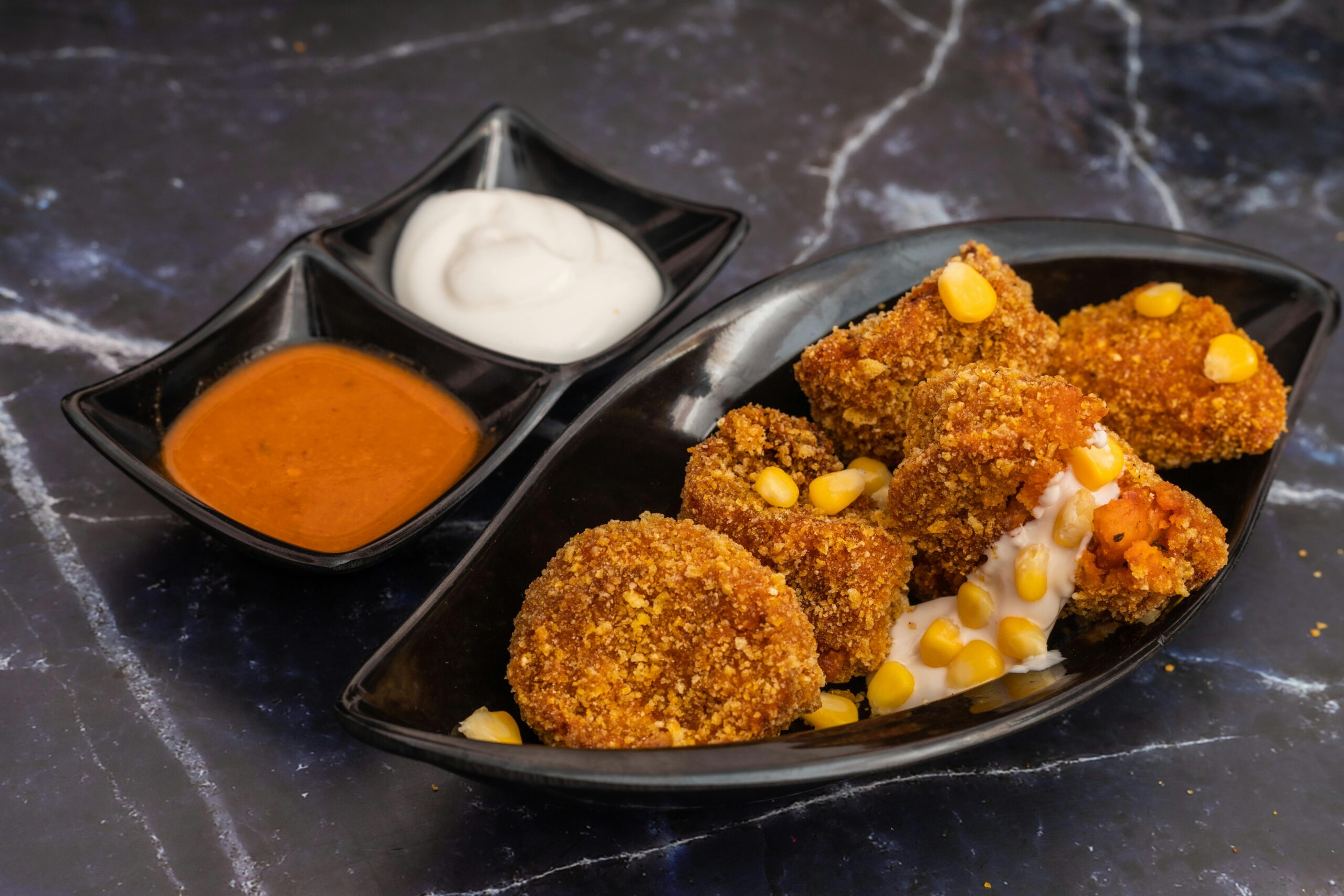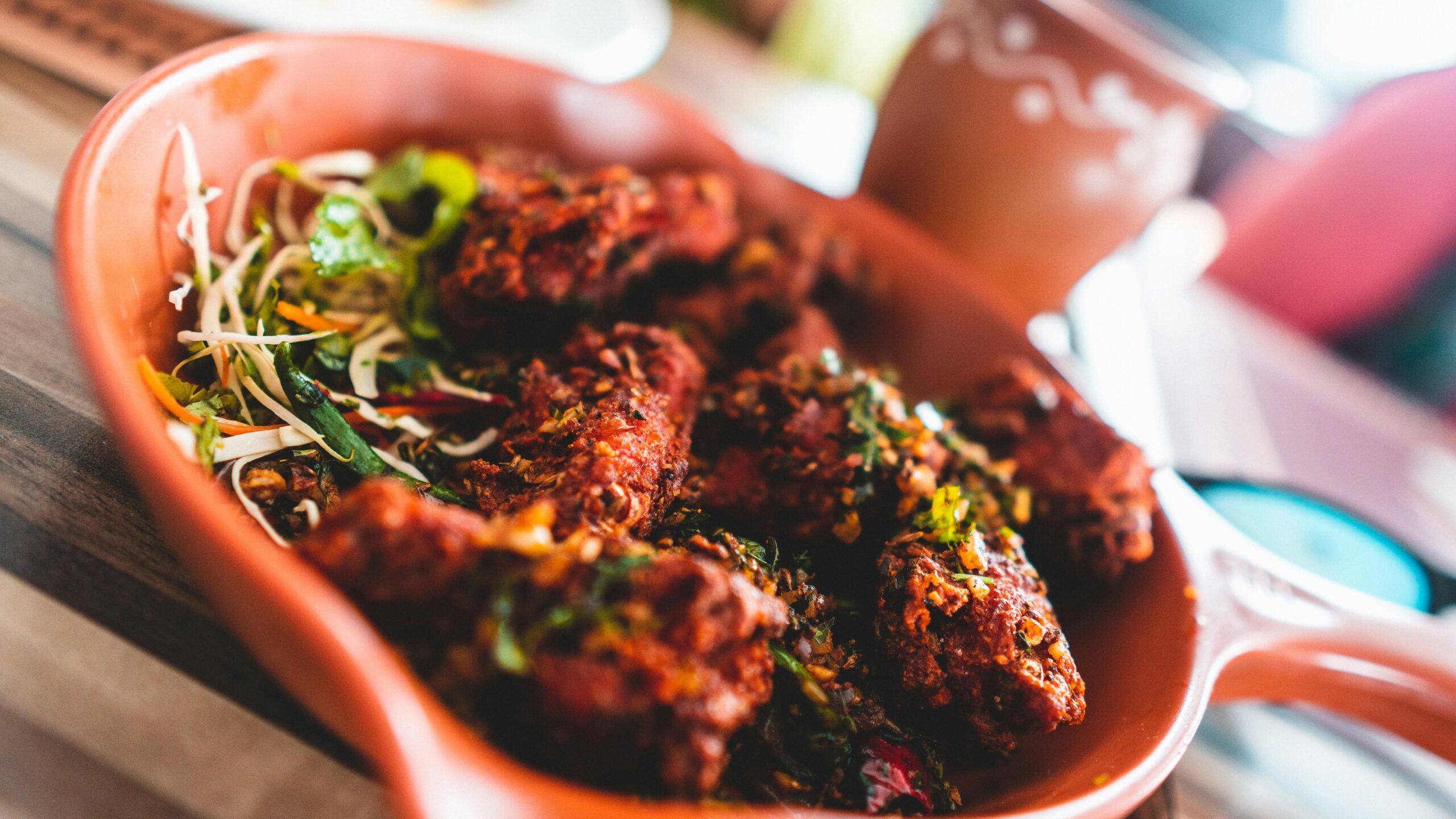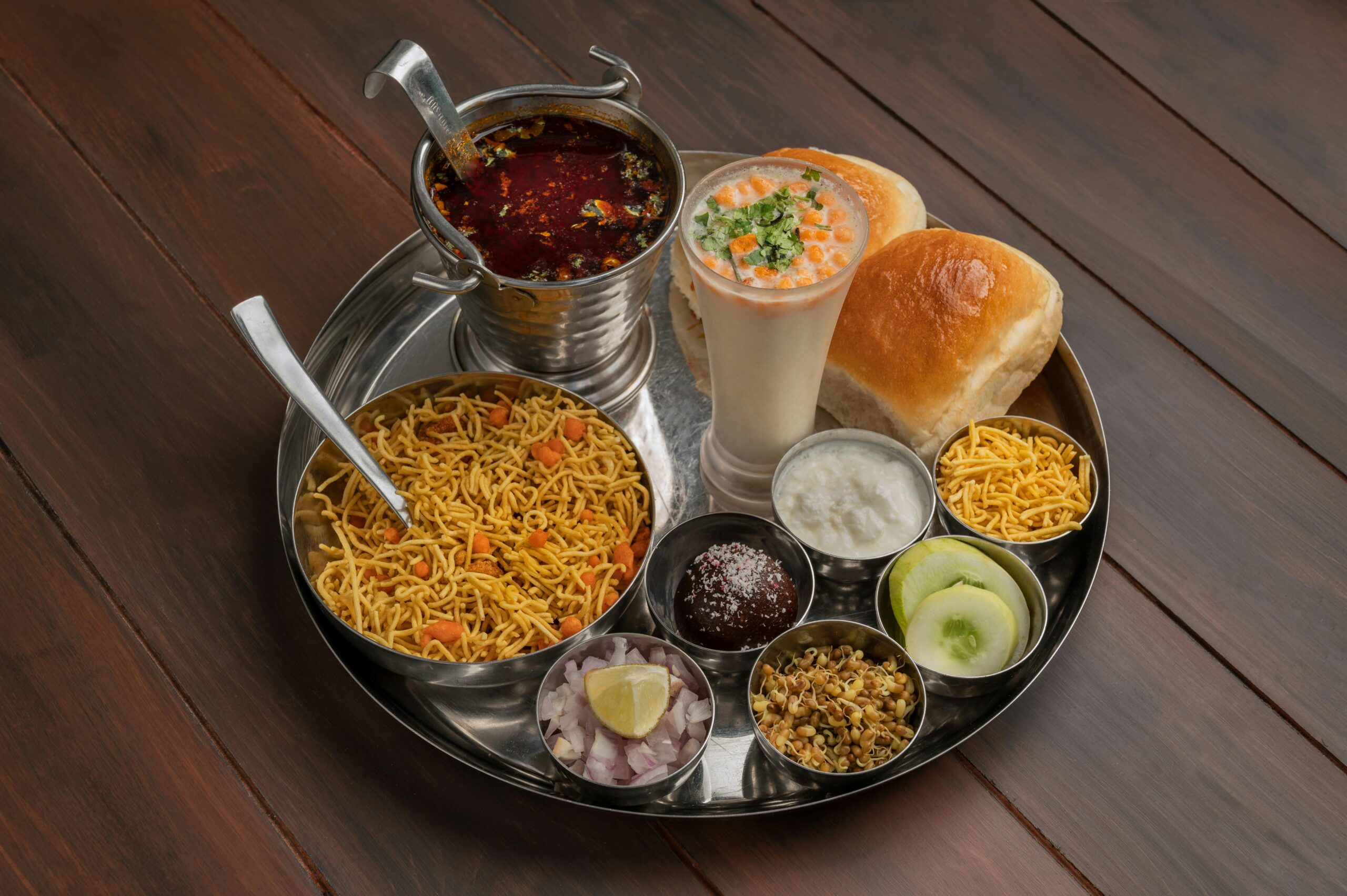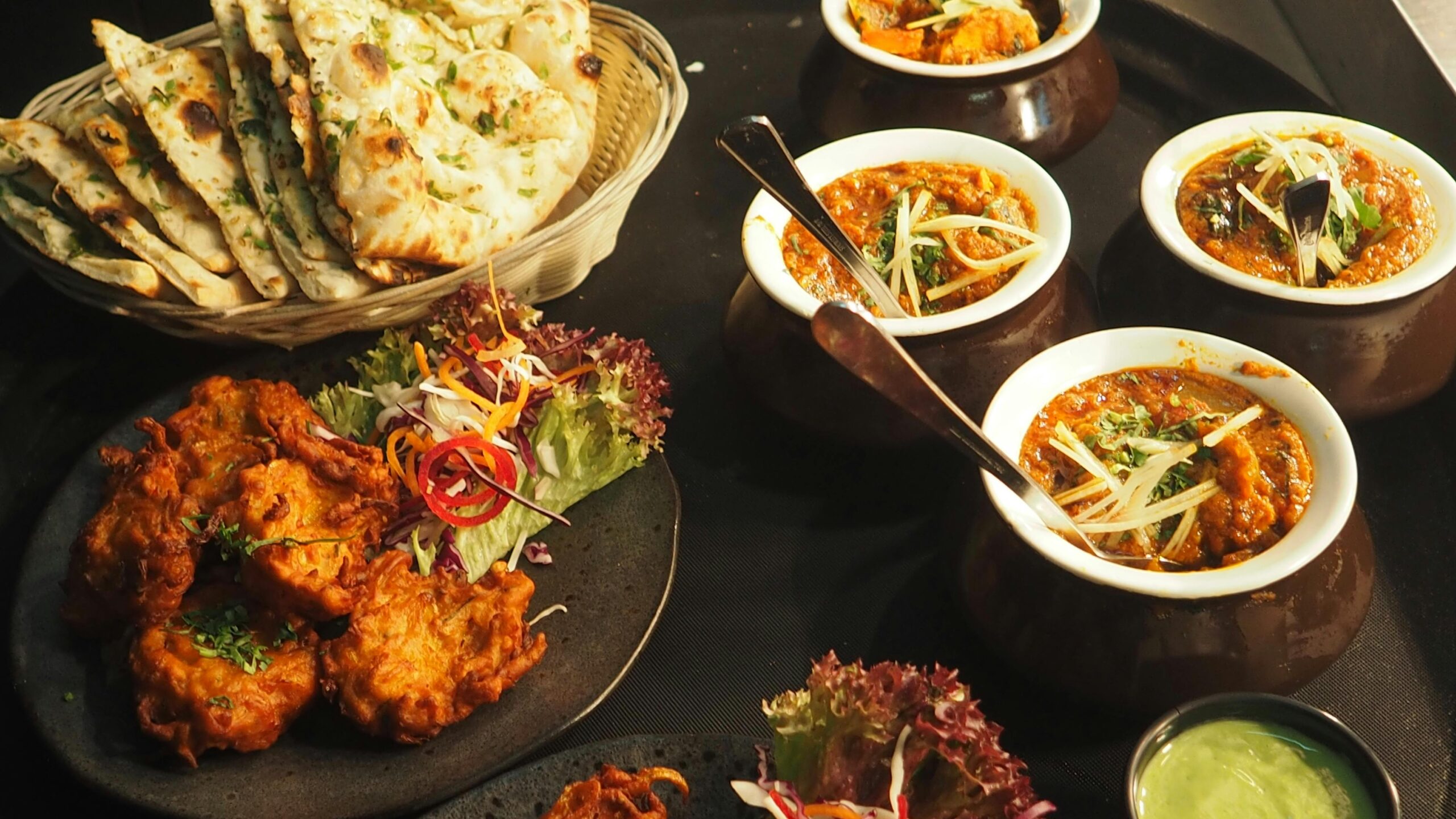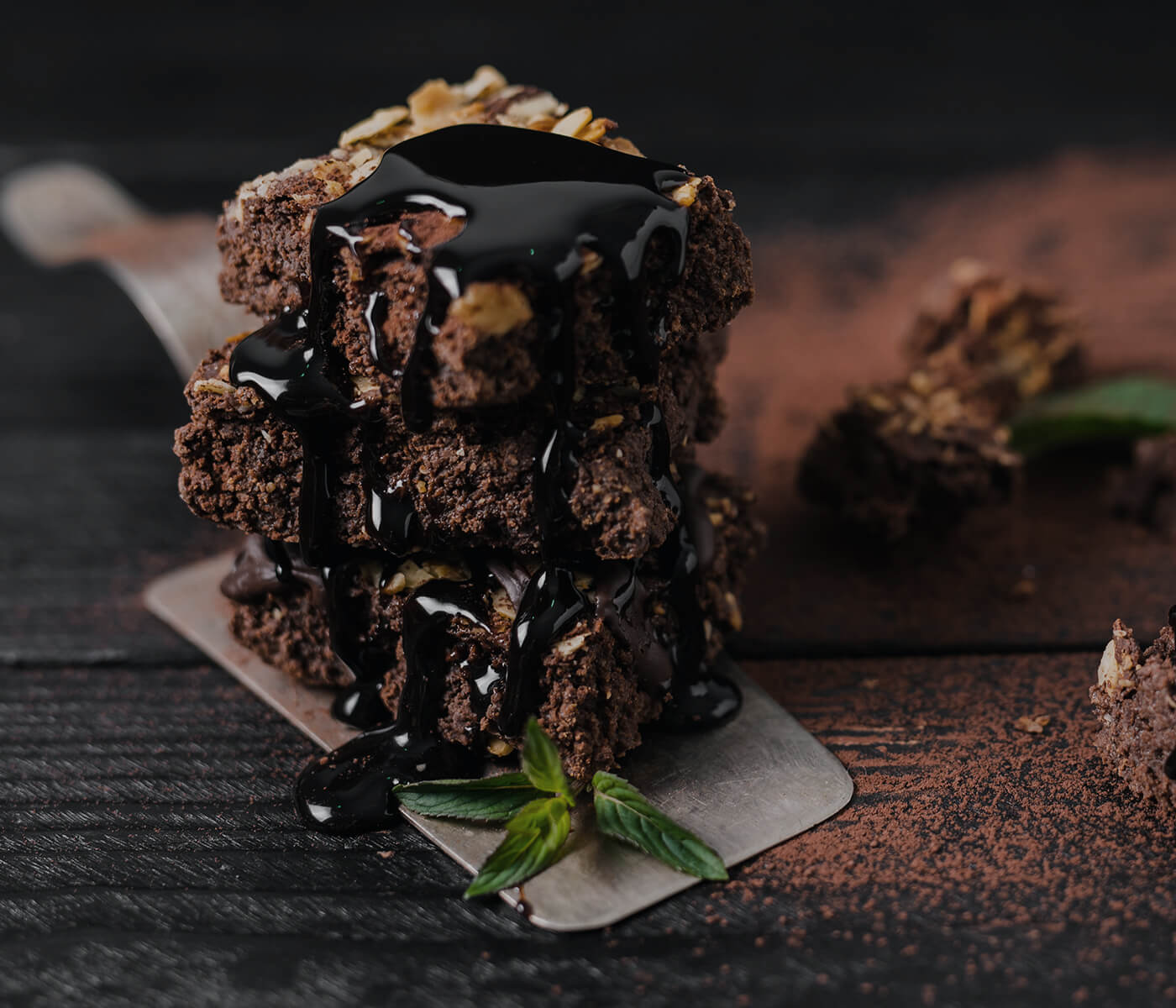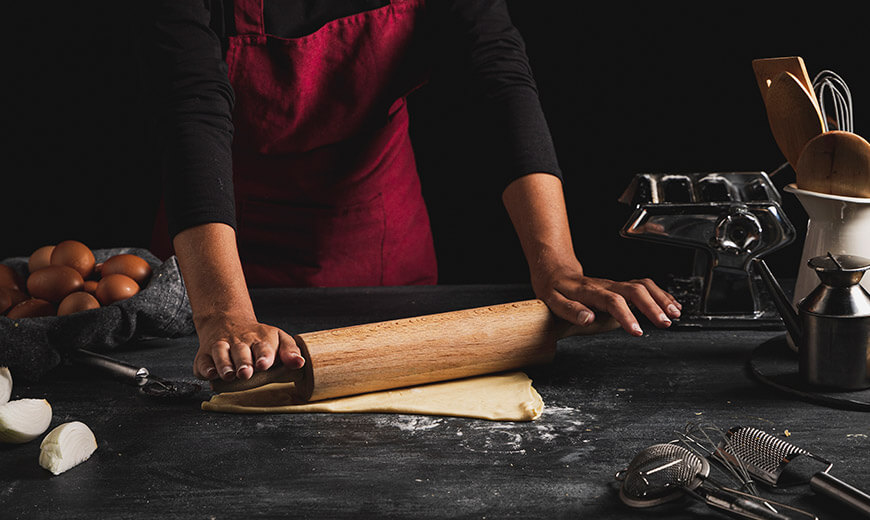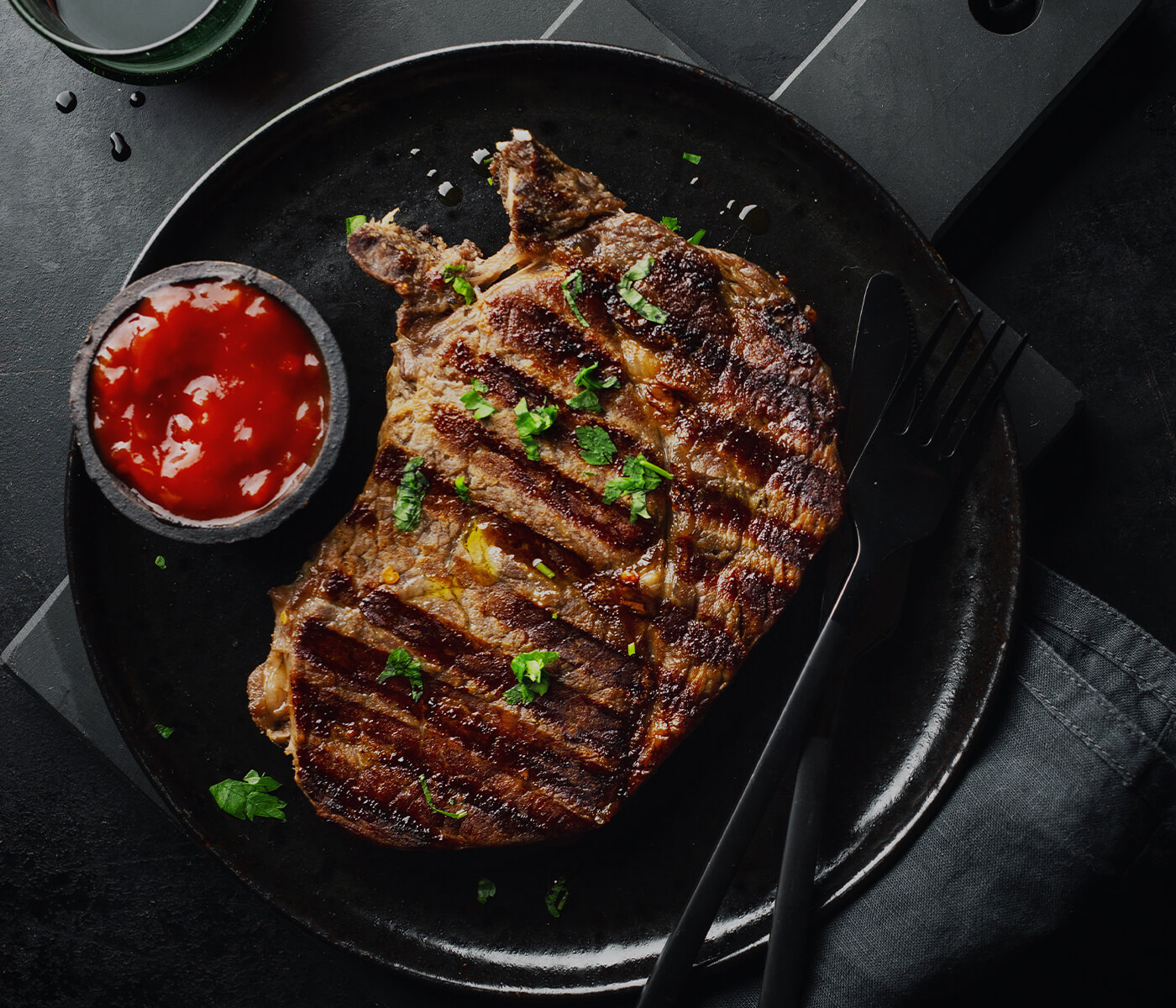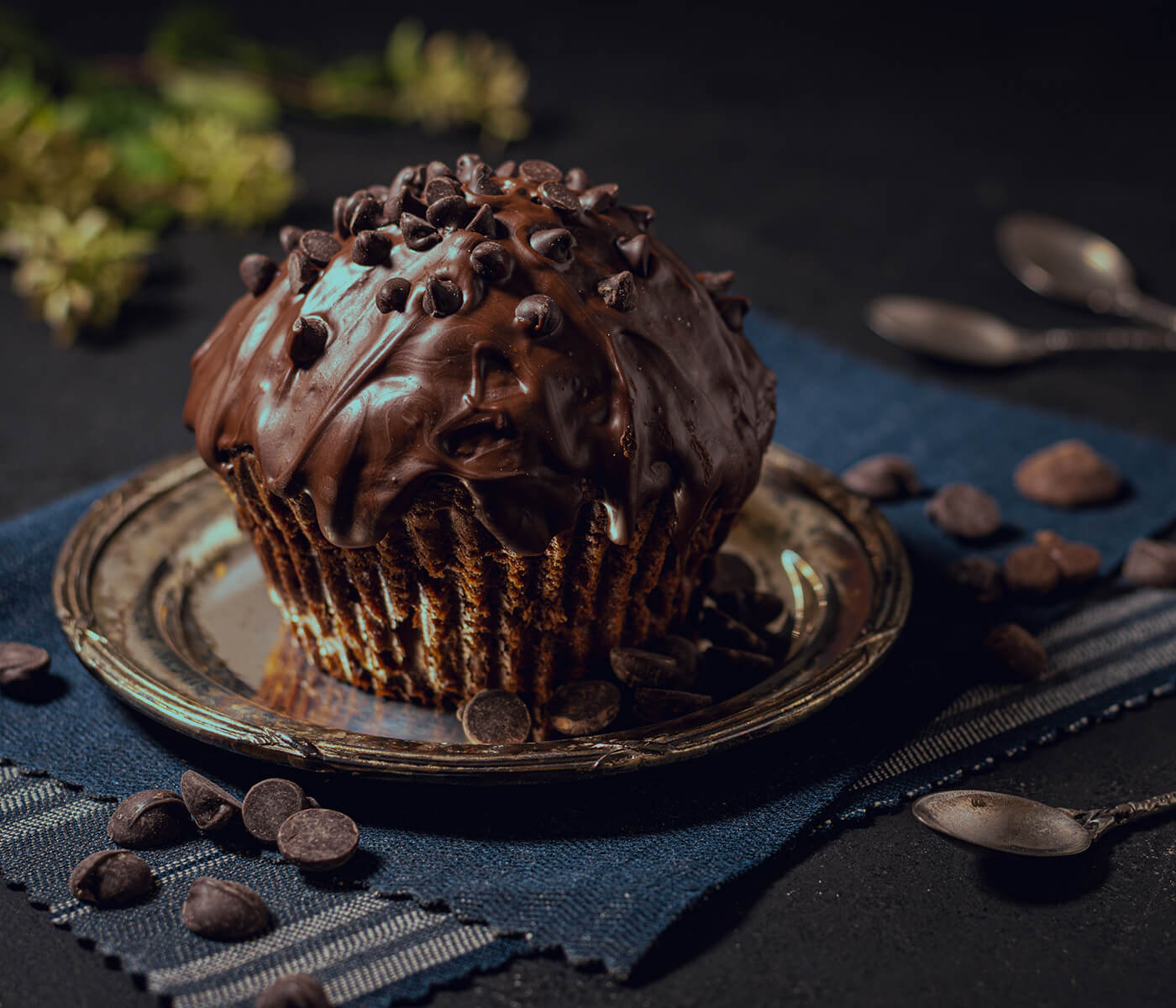Health Benefits of Eating Indian Vegan Food: A Complete Nutritional Guide
India has been home to one of the world’s largest vegetarian populations for centuries, with traditional indian vegan food offering an incredibly diverse and nutritionally complete approach to plant-based eating. Unlike restrictive Western diet trends, Indian cuisine naturally incorporates protein-rich legumes, antioxidant-packed spices, and nutrient-dense vegetables that have sustained millions of people for generations. Recent scientific research confirms what Indian families have known intuitively—that traditional plant-based Indian meals provide exceptional health benefits ranging from improved heart health to enhanced longevity. This comprehensive guide explores the science-backed advantages of incorporating authentic Indian vegan dishes into your diet, practical strategies for maximizing nutritional benefits, and actionable tips for creating balanced meals that nourish both body and soul.
Why Indian Vegan Cuisine Stands Apart Nutritionally
The Foundation of Complete Plant-Based Nutrition
Indian vegan cuisine differs fundamentally from typical Western plant-based diets through its sophisticated understanding of nutritional complementarity. Traditional Indian cooking combines specific ingredients that enhance each other’s nutritional value, creating complete protein profiles and maximizing mineral absorption.
The cornerstone of Indian vegan nutrition lies in the strategic pairing of legumes (dal) with grains (rice, wheat, millet). This combination provides all essential amino acids required for optimal protein synthesis. Furthermore, the extensive use of spices like turmeric, cumin, and coriander not only enhances flavor but also significantly boosts the bioavailability of nutrients.
Research published in the Journal of Ethnic Foods demonstrates that traditional Indian meal combinations provide 23% higher protein utilization compared to randomly assembled plant-based meals. This scientific validation supports centuries of culinary wisdom embedded in authentic Indian cooking practices.
Ancient Wisdom Meets Modern Nutritional Science
Ayurvedic principles underlying Indian cuisine emphasize balance, seasonal eating, and digestive health—concepts that align remarkably well with contemporary nutritional science. The traditional practice of including six tastes (sweet, sour, salty, bitter, pungent, astringent) in each meal ensures comprehensive nutrient intake and optimal satiety.
Modern studies reveal that this approach naturally incorporates diverse phytonutrients, antioxidants, and fiber types essential for optimal health. The emphasis on fresh preparation and minimal processing preserves heat-sensitive vitamins and beneficial plant compounds often destroyed in industrial food production.
Cardiovascular Health Benefits of Indian Vegan Dishes
Heart-Protective Spices and Their Mechanisms
Indian spices function as powerful cardioprotective agents through multiple biological pathways. Turmeric contains curcumin, which reduces inflammation and improves endothelial function. Clinical trials show that regular curcumin consumption can reduce C-reactive protein levels by up to 37%, significantly lowering cardiovascular disease risk.
Garlic and ginger, staples in Indian cooking, provide sulfur compounds that help regulate blood pressure and cholesterol levels. A meta-analysis of 39 studies found that garlic supplementation equivalent to amounts used in traditional Indian cooking reduced systolic blood pressure by an average of 8.6 mmHg in hypertensive individuals.
Fenugreek seeds, commonly used in Indian dal preparations, contain soluble fiber and compounds that help regulate blood sugar and cholesterol. Studies demonstrate that regular fenugreek consumption can reduce total cholesterol by 14% and LDL cholesterol by 18% within eight weeks.
Fiber-Rich Legumes and Cholesterol Management
Indian cuisine’s heavy reliance on various legumes provides exceptional cardiovascular benefits through multiple mechanisms. Lentils, chickpeas, and black beans contain high levels of soluble fiber, which binds cholesterol in the digestive system and prevents its absorption.
Research from the American Journal of Clinical Nutrition shows that consuming just one serving of legumes daily can reduce LDL cholesterol by 5-6%. Traditional Indian meals typically include 2-3 servings of legumes through dal, sambhar, and vegetable preparations, potentially providing even greater cardiovascular protection.
The potassium content in Indian legumes and vegetables helps counteract sodium’s blood pressure effects. This natural balance, inherent in traditional Indian cooking, supports optimal cardiovascular function without requiring restrictive sodium reduction strategies.
Weight Management and Metabolic Health Advantages
Thermogenic Spices and Metabolism Boost
Indian spices naturally enhance metabolic rate through thermogenic properties. Capsaicin in chili peppers increases energy expenditure by 6-8% for up to three hours after consumption. Similarly, ginger stimulates thermogenesis and fat oxidation, making it an excellent addition to weight management protocols.
Cinnamon, frequently used in Indian sweet preparations and chai, improves insulin sensitivity and glucose metabolism. Clinical studies demonstrate that cinnamon consumption equivalent to amounts in traditional Indian recipes can improve insulin sensitivity by 23% and reduce fasting glucose levels by 18-29%.
The combination of multiple thermogenic spices in typical Indian meals creates a synergistic effect that enhances overall metabolic function. This natural metabolic boost occurs without the adverse effects associated with synthetic weight loss supplements.
Satiety and Portion Control Through Traditional Preparation Methods
Indian cooking methods naturally promote satiety and healthy portion control through several mechanisms. The high fiber content in legumes and vegetables increases meal volume while maintaining relatively low caloric density. This combination triggers satiety signals before excessive calorie consumption occurs.
Traditional Indian meal structure, featuring multiple small portions of different dishes, encourages mindful eating and natural portion control. Research shows that this approach leads to 20-25% lower calorie intake compared to single-dish Western meals of equivalent nutritional value.
The complex carbohydrates in Indian staples like brown rice, whole wheat chapati, and quinoa provide sustained energy release, preventing the blood sugar spikes and crashes that trigger overeating. This stable energy supply supports healthy weight maintenance without restrictive dieting approaches.
Digestive Health and Gut Microbiome Enhancement
Probiotic and Prebiotic Benefits
Traditional Indian cuisine naturally incorporates both probiotics and prebiotics through fermented foods and fiber-rich vegetables. Fermented preparations like idli, dosa, and pickles provide beneficial bacteria that support digestive health and immune function.
Prebiotic fibers in Indian vegetables, legumes, and whole grains feed beneficial gut bacteria, promoting a diverse and healthy microbiome. Studies indicate that the fiber diversity in traditional Indian diets supports 40% greater microbial diversity compared to typical Western diets.
The combination of probiotics from fermented foods and prebiotics from plant-based ingredients creates optimal conditions for gut health. This symbiotic relationship improves nutrient absorption, supports immune function, and may reduce inflammation throughout the body.
Digestive Spices and Enzyme Support
Indian cuisine traditionally includes specific spices that enhance digestive function and nutrient absorption. Asafoetida (hing) prevents gas formation from legumes while supporting healthy digestion. Cumin seeds stimulate digestive enzyme production, improving protein and carbohydrate breakdown.
Ajwain (carom seeds) provides natural antimicrobial properties while supporting digestive comfort. These traditional additions demonstrate sophisticated understanding of digestive physiology that modern gastroenterology is only beginning to fully appreciate.
The practice of tempering (tadka) with digestive spices at the beginning of cooking maximizes their bioavailability and effectiveness. This technique ensures optimal extraction of beneficial compounds while creating the characteristic flavors of authentic Indian cuisine.
Anti-Inflammatory Properties and Disease Prevention
Powerful Antioxidant Combinations in Indian Spices
Indian spice combinations provide exceptional antioxidant capacity that surpasses most individual superfoods. The ORAC (Oxygen Radical Absorbance Capacity) values of typical Indian spice blends rank among the highest measured in food science research.
Turmeric combined with black pepper, a classic Indian combination, increases curcumin absorption by 2000%. This synergistic effect demonstrates the sophisticated understanding of nutrient interactions embedded in traditional Indian cooking practices.
Regular consumption of these antioxidant-rich spice combinations may help prevent chronic diseases including certain cancers, neurodegenerative conditions, and autoimmune disorders. Population studies in India show lower rates of several chronic diseases compared to Western populations, potentially linked to traditional dietary patterns.
Chronic Disease Prevention Through Plant Diversity
The exceptional variety of vegetables, legumes, and grains in Indian cuisine provides diverse phytonutrients with complementary health benefits. Different colored vegetables contribute unique antioxidants and anti-inflammatory compounds that work synergistically to support optimal health.
Green leafy vegetables like spinach and fenugreek leaves provide folate, iron, and carotenoids. Orange vegetables like carrots and sweet potatoes contribute beta-carotene and vitamin A. Purple vegetables like eggplant provide anthocyanins with potent antioxidant properties.
This rainbow approach to plant-based eating, naturally incorporated in traditional Indian meals, ensures comprehensive phytonutrient intake that supports cellular health and disease prevention across multiple biological pathways.
Mental Health and Cognitive Benefits
Mood-Supporting Nutrients in Indian Cuisine
Indian vegan foods naturally provide nutrients essential for optimal brain function and mood regulation. Legumes supply folate, B vitamins, and magnesium, all crucial for neurotransmitter synthesis and stress management.
Turmeric’s curcumin content supports brain-derived neurotrophic factor (BDNF) production, potentially improving memory and reducing depression risk. Studies suggest that curcumin supplementation equivalent to amounts in regular Indian cooking may be as effective as some antidepressant medications for mild to moderate depression.
The complex carbohydrates in Indian staples support steady serotonin production, promoting stable mood and better sleep quality. This natural approach to mood support avoids the side effects associated with processed foods and artificial additives.
Stress Reduction Through Adaptogenic Ingredients
Many Indian spices and herbs function as adaptogens, helping the body manage stress more effectively. Ashwagandha, sometimes used in traditional preparations, helps regulate cortisol levels and improve stress resilience.
Holy basil (tulsi), commonly consumed as tea, provides stress-reducing compounds that support adrenal function and promote relaxation. Regular consumption may help improve sleep quality and reduce anxiety symptoms naturally.
The mindful preparation and consumption practices associated with traditional Indian cooking also contribute to stress reduction and mental well-being. The social and cultural aspects of Indian dining support community connection and emotional health.
Practical Implementation Strategies for Maximum Health Benefits
Building Balanced Indian Vegan Meals
Creating nutritionally complete Indian vegan meals requires understanding traditional combinations and preparation methods. Start with a protein-rich dal as your foundation, paired with whole grain rice or chapati for complete amino acid profiles.
Include 2-3 different colored vegetables prepared with complementary spices to maximize nutrient diversity and absorption. Add a small portion of healthy fats through coconut, nuts, or seeds to support fat-soluble vitamin absorption.
Incorporate fermented elements like pickles or yogurt alternatives to support digestive health. This traditional meal structure ensures balanced macronutrients while providing diverse micronutrients and beneficial plant compounds.
Spice Optimization for Enhanced Benefits
Maximize health benefits by understanding optimal spice preparation and combination techniques. Toast whole spices before grinding to enhance flavor and bioavailability of beneficial compounds.
Create spice pastes with small amounts of oil or water to improve absorption of fat-soluble compounds like curcumin. Store ground spices properly to maintain potency and prevent oxidation of beneficial compounds.
Experiment with different regional Indian spice combinations to ensure dietary variety and comprehensive nutrient intake. Each region’s traditional spice blends offer unique health benefits and flavor profiles.
When to Seek Professional Nutritional Guidance
While these strategies can be implemented independently, those with limited resources or expertise may benefit from professional assistance. At Bombay Chaat & Paan, our team of specialists can provide dedicated nutritional guidance and authentic Indian vegan meal planning support tailored to your specific needs. Visit our homepage to schedule a consultation with one of our experts.
Professional guidance becomes particularly valuable for individuals with specific health conditions, food allergies, or complex nutritional requirements. Registered dietitians familiar with Indian cuisine can help optimize meal planning while ensuring adequate nutrient intake for special populations.
Additionally, those new to Indian cooking may benefit from hands-on instruction to master traditional preparation techniques that maximize nutritional benefits. Professional cooking classes can accelerate your learning curve while ensuring authentic flavors and optimal health outcomes.
Creating Sustainable Indian Vegan Lifestyle Changes
Gradual Incorporation Strategies
Successfully adopting Indian vegan eating patterns requires gradual implementation rather than drastic dietary overhauls. Start by incorporating one Indian vegan meal per day, focusing on simple preparations like dal and rice with basic vegetable curry.
Gradually expand your spice collection and cooking techniques as you become comfortable with basic preparations. This approach prevents overwhelm while allowing your palate to adjust to new flavors and your digestive system to adapt to increased fiber intake.
Build a repertoire of 5-7 favorite dishes before expanding to more complex preparations. Mastering fundamentals ensures consistent success and builds confidence for culinary exploration.
Meal Planning and Preparation Tips
Effective Indian vegan meal planning involves batch cooking techniques that align with traditional Indian food preparation methods. Prepare large batches of dal, rice, and spice pastes that can be combined in different ways throughout the week.
Invest in proper storage containers to maintain freshness and food safety. Traditional Indian households often prepare several days’ worth of staples at once, maximizing efficiency while ensuring fresh, healthy meals.
Create weekly meal plans that incorporate seasonal vegetables and rotate different legume and grain combinations. This approach ensures nutritional variety while taking advantage of seasonal produce availability and cost-effectiveness.
Conclusion
The health benefits of authentic Indian vegan cuisine extend far beyond simple plant-based nutrition, offering a sophisticated approach to wellness that has sustained populations for millennia. From cardiovascular protection through powerful anti-inflammatory spices to enhanced mental health via mood-supporting nutrients, traditional Indian foods provide comprehensive health advantages that modern science continues to validate.
The key to maximizing these benefits lies in understanding and implementing traditional preparation methods, spice combinations, and meal structures that optimize nutrient absorption and bioavailability. Rather than viewing Indian vegan eating as restrictive, embrace it as an expansion of culinary horizons that naturally supports optimal health.
Whether you’re seeking to improve specific health conditions, enhance overall wellness, or simply explore delicious plant-based cuisine, Indian vegan foods offer practical solutions backed by centuries of traditional wisdom and modern scientific research.
Ready to experience the transformative health benefits of authentic Indian vegan cuisine? Start incorporating these evidence-based strategies into your meal planning today, or visit Bombay Chaat & Paan to explore our carefully crafted selection of traditional Indian vegan dishes that nourish both body and soul.
